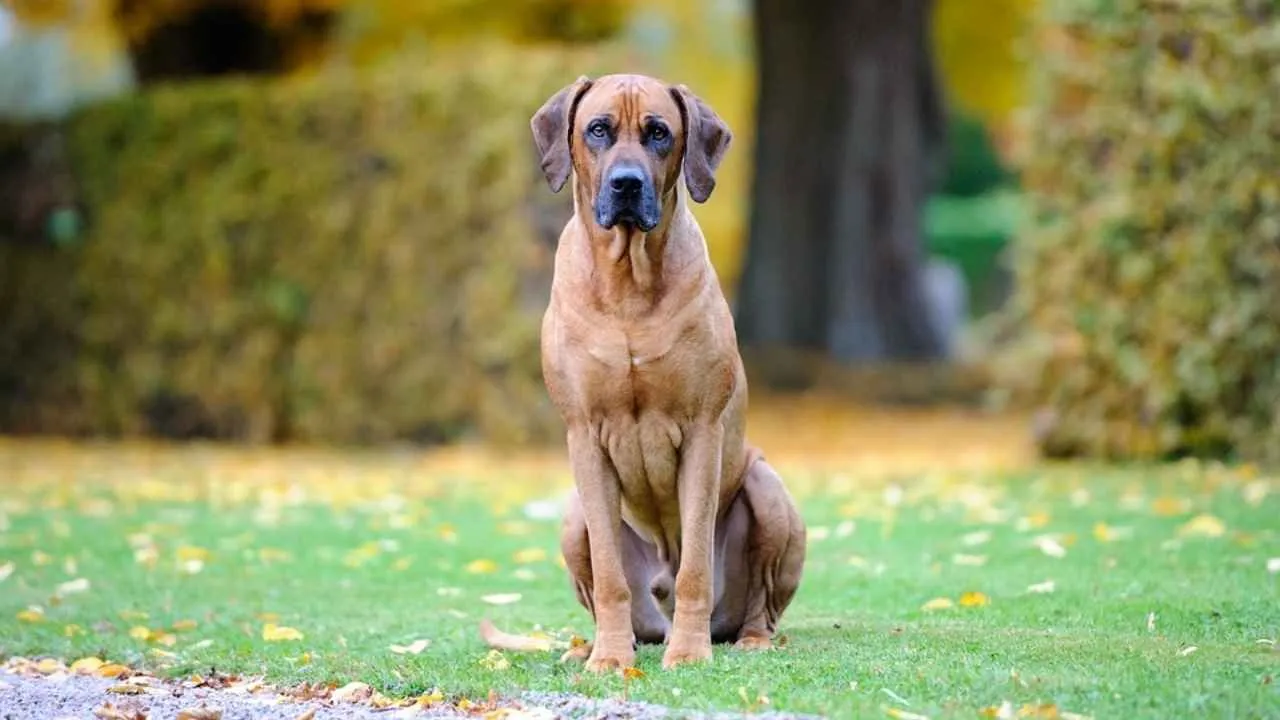If you’re a dog lover, you’ve probably spent hours admiring different breeds just for fun—and let’s face it, who hasn’t dreamed of having a dog that turns heads at the park? While popular pups have their charm, there’s something extra special about those rare, lesser-known breeds that bring both personality and uniqueness into your home.
Exotic dog breeds may not be the ones you see every day, but they’re just as lovable, loyal, and family-friendly as their well-known cousins. In fact, many of these uncommon companions have fascinating histories and one-of-a-kind looks that make them unforgettable.
If you’re ready to step outside the ordinary and explore the world of truly unique pups, you’re in the right place. Let’s dive into the top 7 most exotic or unusual family dog breeds you can own—and maybe even meet your next furry best friend along the way!
Exotic Family Dog Breeds
1. Dandie Dinmont Terrier
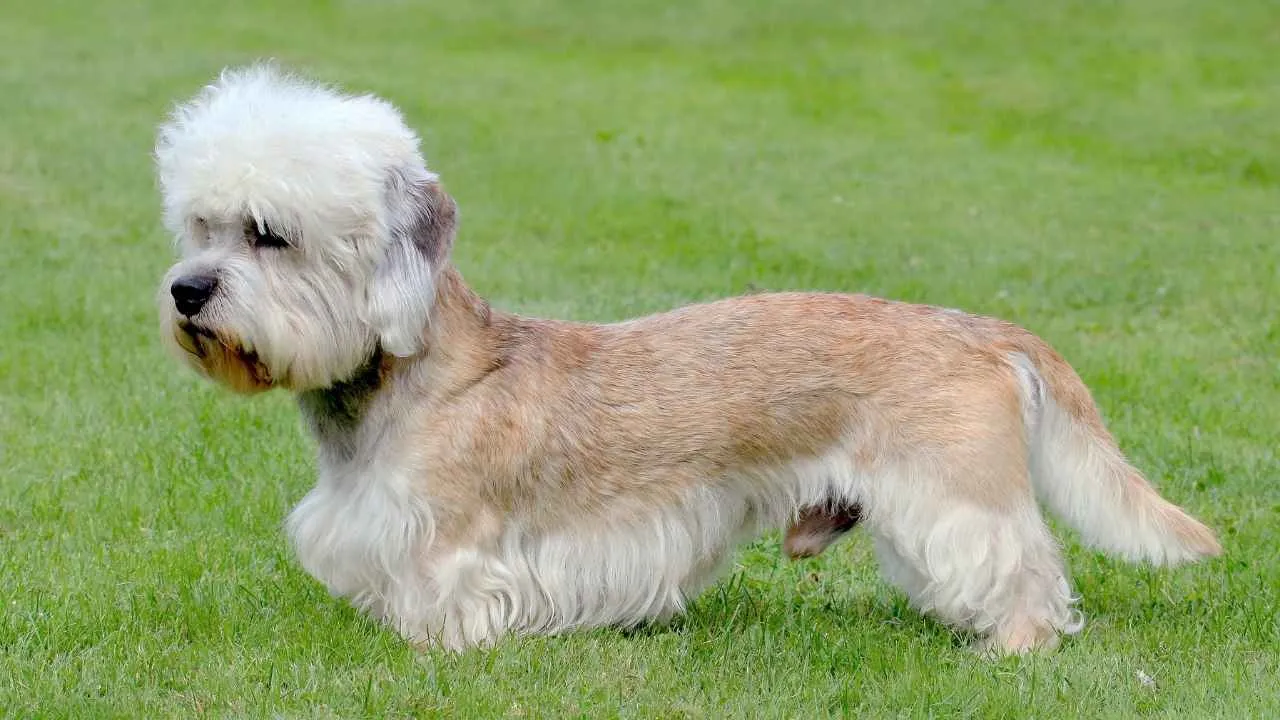
With their long bodies, short legs, and trademark silky topknot, Dandie Dinmont Terriers are unmistakably charming. Originating from the England-Scotland border, they were once hardworking farm dogs, and that spirited independence still shines through today.
Despite their refined appearance, Dandies are a playful, affectionate breed and surprisingly clever. Their calm demeanor has earned them the nickname “gentlemen of the terrier world.” They’re affectionate with family, cordial with guests, and often cat-friendly—but smaller pets might awaken their strong prey drive.
Compact and adaptable, these terriers do well in both apartments and homes with yards. Daily strolls or some backyard fun usually keep them content, but always keep them on a leash or within a fenced area—fast-moving critters are hard for them to resist.
Their crisp coat may look high-maintenance, but it only needs brushing a few times a week and the occasional trim to stay tidy. These dogs shed minimally and are often a good fit for allergy sufferers.
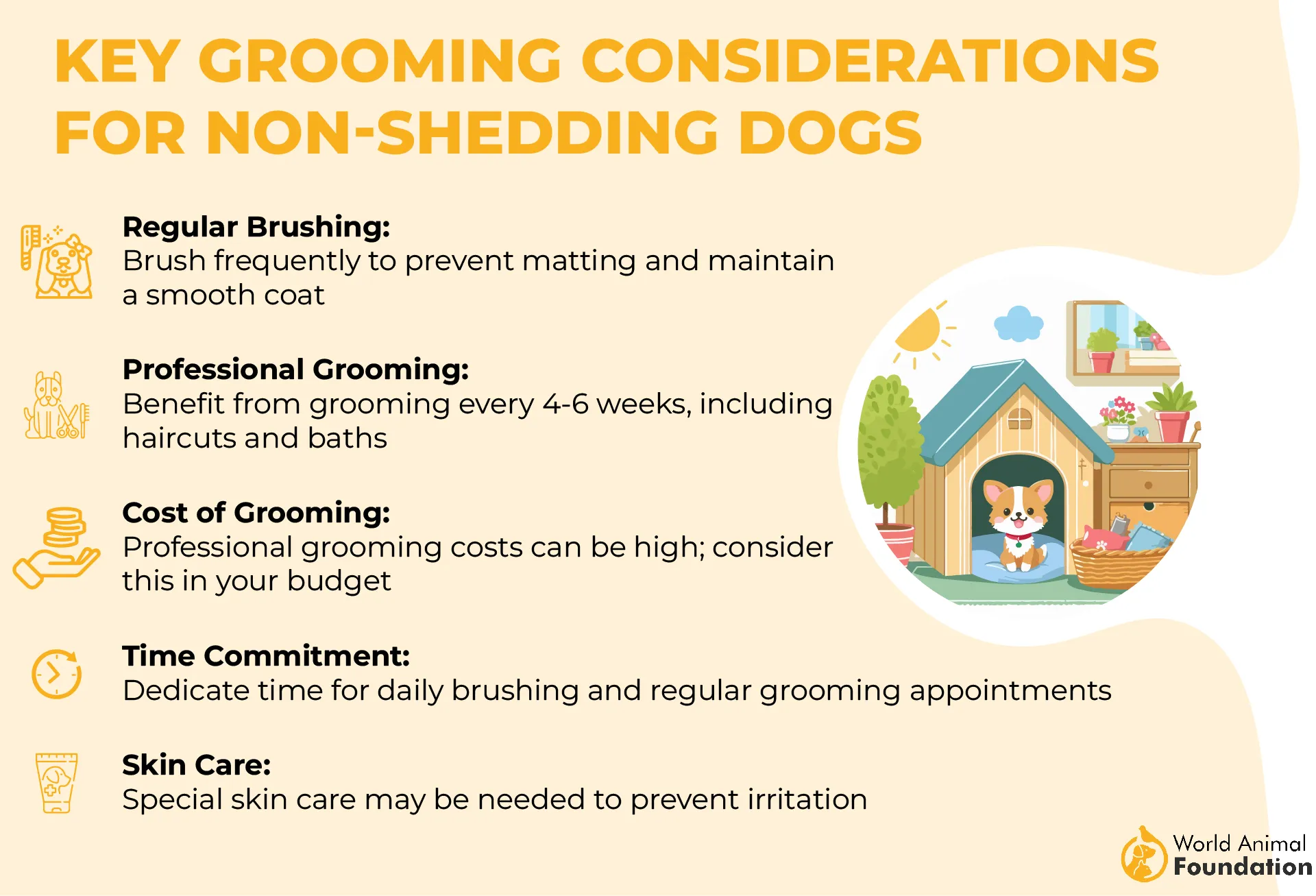
As noted by AKC, training a Dandie calls for creativity and patience. They’re intelligent but easily bored, so short, engaging sessions work best. Like many terriers, they love to dig, so early guidance helps preserve your garden.
Generally healthy, Dandies often live 12 to 14 years. Be proactive about potential concerns like glaucoma, lymphoma, and back issues such as IVDD. Regular dental care is also essential—brushing a few times a week makes a big difference.
2. Chinook
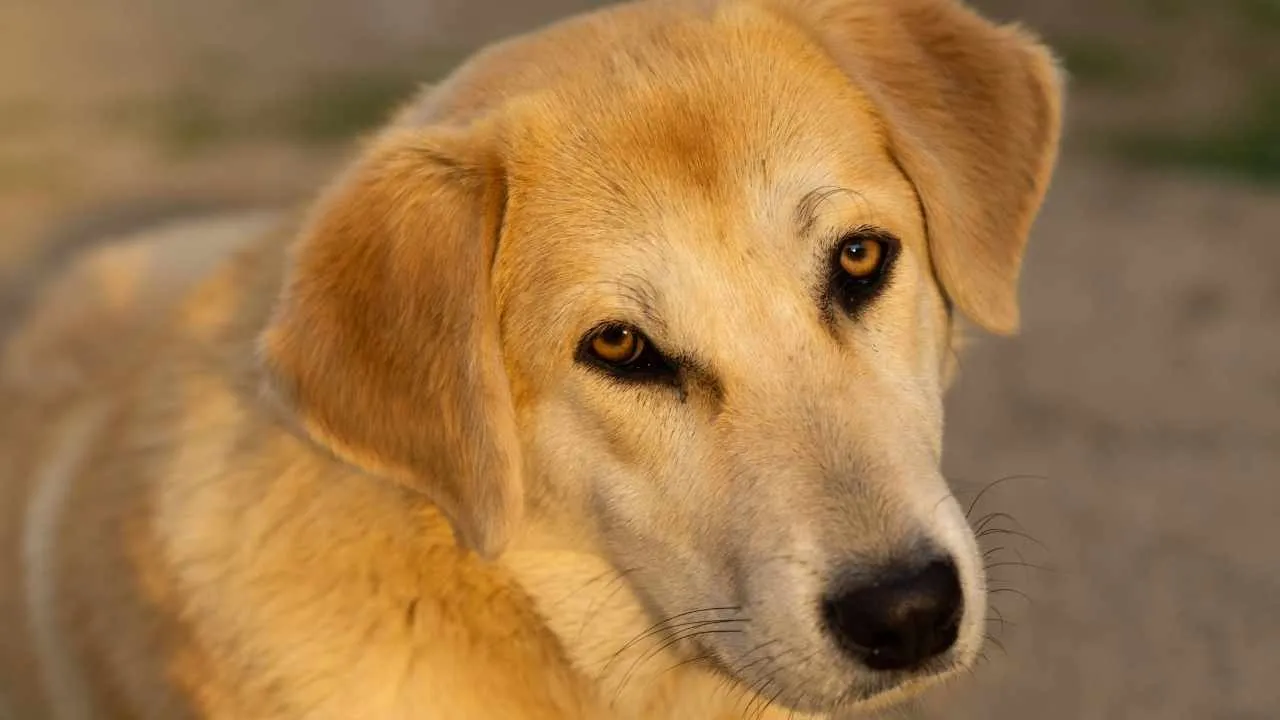
Big-hearted and built for action, the Chinook is a rare breed that hails from New Hampshire. With a strong, athletic build, a silky double coat, and either upright or floppy ears, they may look like mixes, but they’re purebred originals with a proud history.
Chinooks are intelligent, fiercely loyal, and deeply affectionate. They learn quickly, love being outdoors, and are most content when included in family activities—whether it’s a long hike or a quiet night indoors.
Gentle with children and sociable with other pets, Chinooks are true family dogs. They thrive on companionship and can struggle if left alone for long stretches, so they’re best suited to homes where someone’s usually around.
While their presence might give strangers pause, Chinooks aren’t natural guard dogs. They’re too friendly for that. Still, their alertness and love of adventure make them great companions for active lifestyles.
WebMD states Chinooks are generally healthy but can be prone to conditions like hip dysplasia, cataracts, allergies, and a rare movement issue called “Chinook seizures”—non-painful, involuntary muscle episodes best monitored with veterinary support.
3. Lagotto Romagnolo
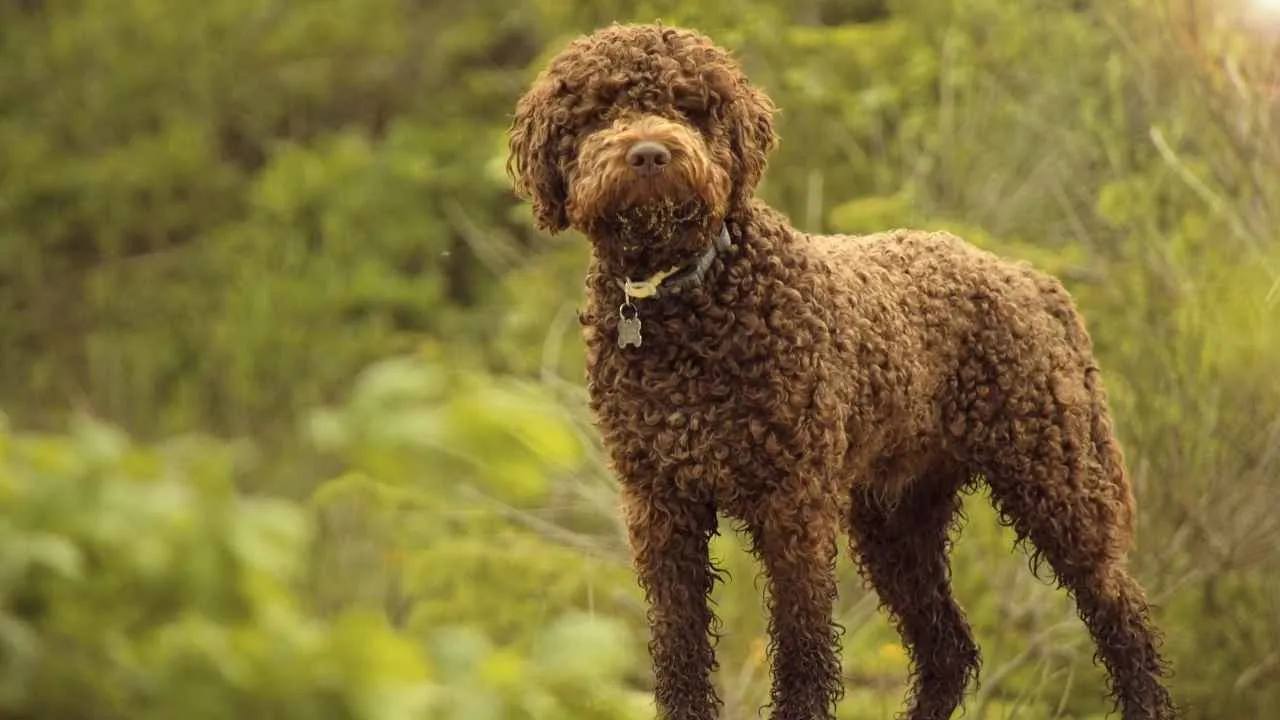
If you’re drawn to rare, curly-coated dogs with a rich heritage and a zest for adventure, the Lagotto Romagnolo could be your perfect match. Originating from Northern Italy’s wetlands, this medium-sized breed is known for its woolly coat and love of water, especially if truffles are nearby.
Their dense, curly coat isn’t just eye-catching—it’s water-resistant, low-shedding, and built for the outdoors. These clever dogs excel at scent work and need both mental and physical engagement. Without enough stimulation, they can quickly turn to mischief to stay entertained.
Despite their working background, Lagottos are affectionate and thrive on companionship. They’re friendly, easy to socialize with, great with kids, and enjoy a cozy cuddle after a day of play. Whether in the city or countryside, they adapt well, so long as they’re with their people.
Looking for a smart, loving, and curly-haired companion with both energy and heart? The Lagotto Romagnolo brings all that—and more—to the table. Give them a job and your affection, and they’ll reward you with loyalty and endless charm.
Did you know?
With roots tracing back to at least the 1600s and possibly even earlier, Lagottos were bred as water retrievers. Their name reflects that history: “Lago” means lake in Italian, and “Càn Lagòt” translates to “lake dog” in the Romagna dialect—a nod to their working past.
4. Otterhound
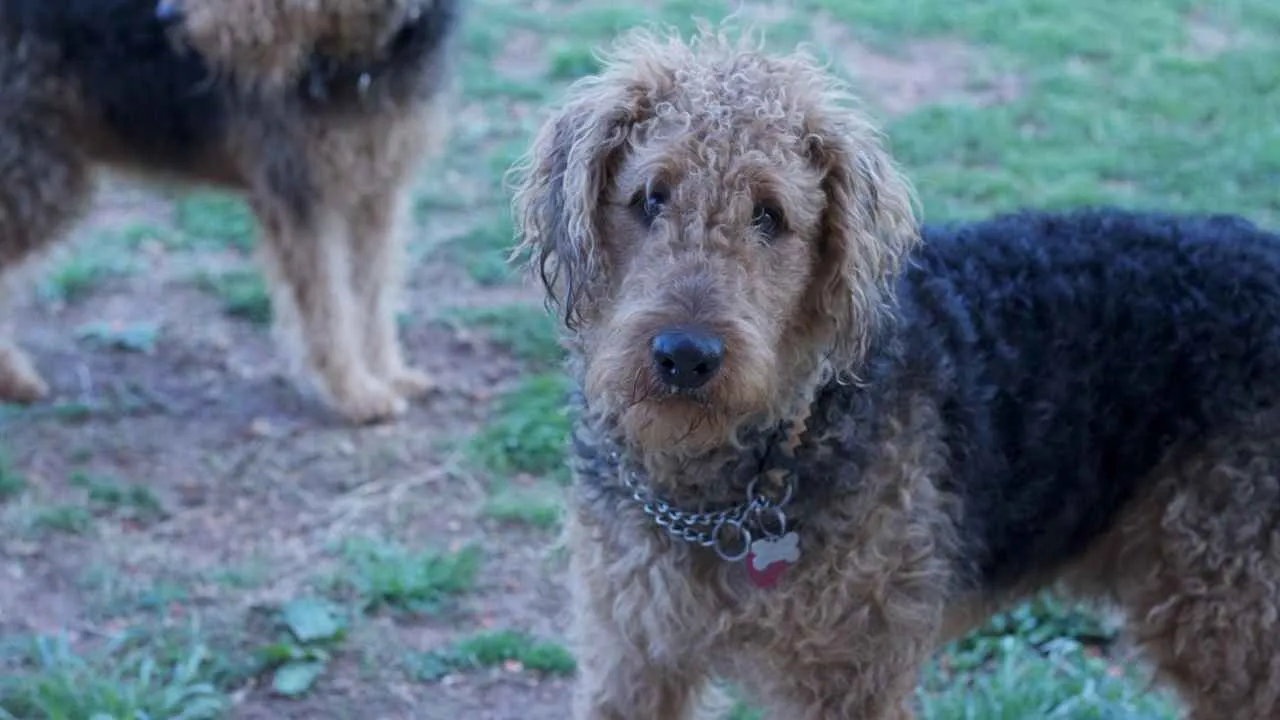
If you’re after a big, shaggy companion with a mix of goofiness and quiet dignity, the Otterhound may be just the breed for you. With webbed feet, a dense waterproof coat, and an extraordinary nose, this rare hound was once bred to hunt otters—though today, they’re more likely to be found splashing through a creek or following a scent trail.
Their history stretches back to the 12th century, originally serving under Henry II to help manage fish populations. Though early Otterhounds resembled terriers, generations of selective breeding shaped them into the large, sturdy dogs we see today—natural swimmers built for endurance and scent-driven pursuits.
Otterhounds are known for their booming bark, floppy ears, and joyful mess-making. They have a famously splashy drinking style—submerging their noses and sending water everywhere. Their playful nature and love for water mean they’re always ready for adventure, especially if it involves mud or a scent to follow.
Despite their size, they’re gentle and great with families. They’re especially fond of kids, though their enthusiasm can be overwhelming for toddlers or older adults. Active households willing to embrace a bit of chaos will find a loyal companion.
Daily life with an Otterhound means variety. They thrive on walks, swims, and mental stimulation, needing around two hours of activity per day. Their powerful noses often lead them astray, so recall training and secure environments are key. A good towel and patience with muddy paws are also essentials.
Their tousled coat needs regular upkeep—weekly brushing and early grooming routines help keep it manageable. As for obedience training, they respond best to scent-based games and hands-on activities. They’re independent thinkers, but give them a trail to follow, and they shine.
Fun Facts:
Otterhounds stopped hunting in 1978 after otters became a protected species.
They’re among the rarest dog breeds—fewer than 1,000 exist worldwide, making them rarer than giant pandas.
On the UK’s vulnerable breeds list, they average fewer than 50 puppy registrations per year.
5. Thai Ridgeback
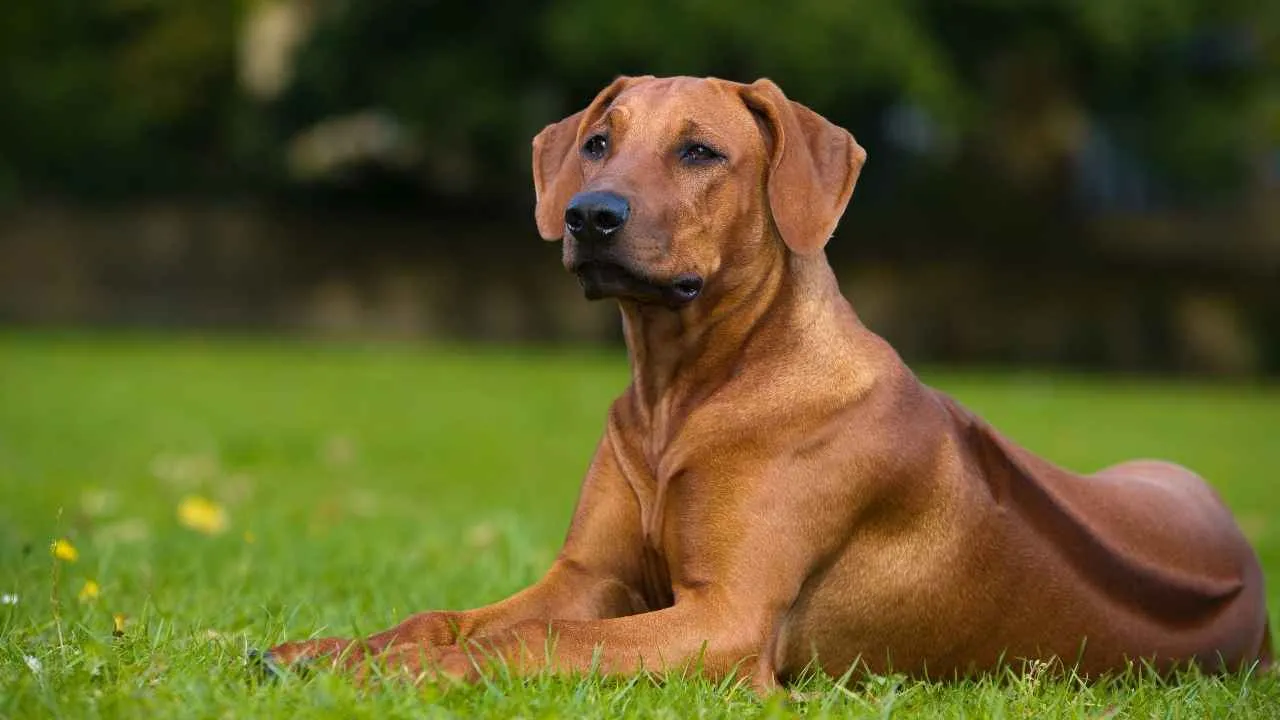
Looking for a dog that’s rare, bold, and undeniably striking? Meet the Thai Ridgeback—a sleek, independent breed from Thailand known for the ridge of hair along its back that grows in the opposite direction. This natural mohawk comes in several eye-catching patterns, with the violin and saddleback being among the most common.
These dogs are part of the ancient “pariah” group—semi-wild canines that lived close to humans but largely took care of themselves.
Originally bred for hunting and guarding, they remain self-sufficient, alert, and deeply loyal. In their native Thailand, they were trusted travel companions and home protectors.
With the right upbringing, Thai Ridgebacks are protective companions. They do best in homes where they’re raised alongside children and other pets early on. Their strong prey drive means they might end up chasing small animals. But with proper training, they can be loving members of an active household.
Grooming is refreshingly easy. Their short coat lacks an undercoat, so shedding is minimal outside of seasonal changes. A quick weekly brush, nail trims, and the occasional bath are usually all it takes to keep them looking sharp.
Training a Thai Ridgeback requires patience and consistency. They’re intelligent but independent, so it’s best to rely on positive reinforcement and early socialization rather than strict correction. Confidence and calm leadership go a long way with this breed.
Did you know?
Thailand is home to some of the world’s deadliest snakes, including cobras, and the Thai Ridgeback has a history of taking them on. Their ability to detect and react to fast-moving threats helped protect the dog owners from venomous bites.
6. Finnish Spitz
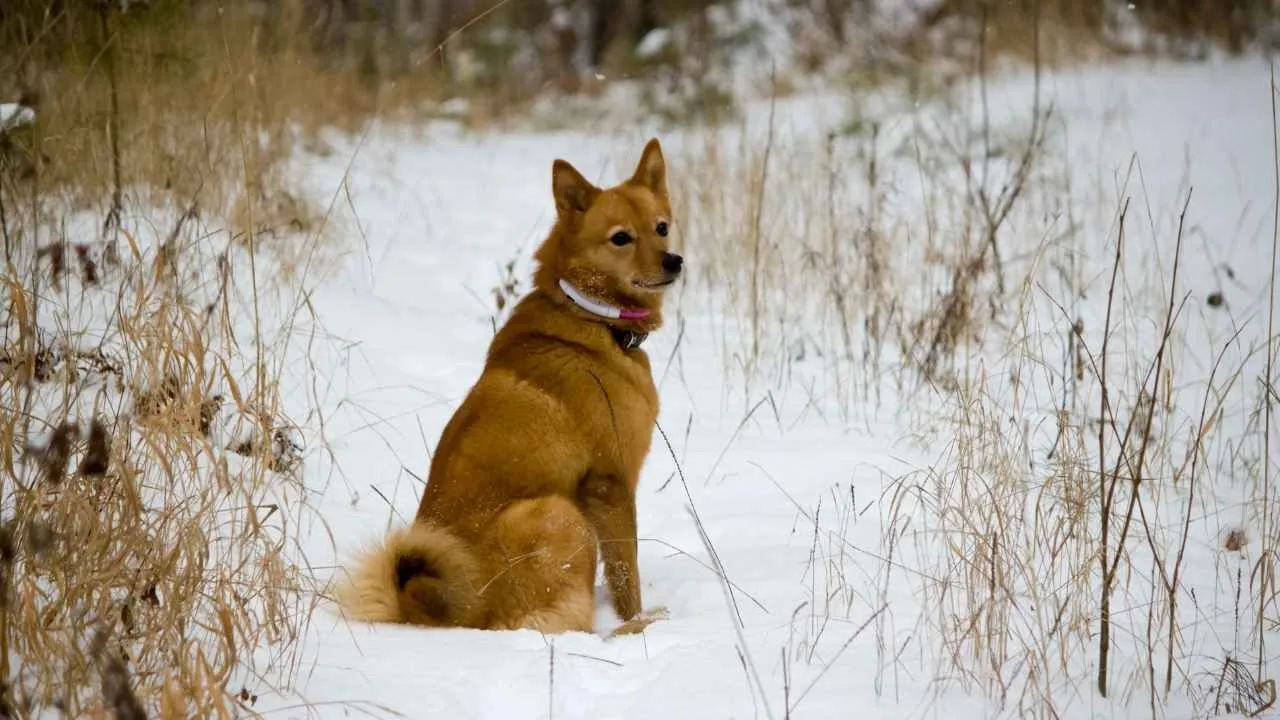
Say hello to the Finnish Spitz—also called the Suomenpystykorva or simply “Finn.” These fox-like charmers have been around for nearly 3,000 years, earning their place in Finnish homes and forests as versatile hunters. While they once tracked all kinds of game, they’re now best known for bird hunting and are proudly celebrated as Finland’s national dog.
With their red-gold coat, pointed ears, and curled tails, Finnish Spitzes often resemble little foxes in motion. They’re medium-sized and agile, but after a good walk, they’re more than happy to curl up beside their humans. Gentle and fun-loving, they’re particularly good with children and tend to walk away rather than react if play gets too rough.
As noted by the AKC, Finnish Spitzes are an intelligent breed but also have an independent streak. They pick up commands quickly, but whether they follow through depends on their mood. Calm, consistent training works best, especially in peaceful homes. Loud or chaotic environments can make them uneasy.
They’re alert and expressive, often vocalizing when excited or bored. While this makes them excellent watchdogs, it can be less ideal for apartments or quiet neighborhoods.
Finnish Spitzes are loyal to their families but may be wary around unfamiliar dogs. Early socialization is essential, especially if you plan to have other pets. Their strong prey drive means small animals like cats or rabbits need careful introductions and supervision.
Fun Fact:
True to their nickname, the “Barking Bird Dog,” these pups are famously vocal. In fact, barking contests in Finland crown the loudest competitors, some reaching up to 160 barks per minute while slowly wagging their tails like feathery metronomes. It’s quirky, a little wild, and undeniably cute.
7. Catahoula Leopard Dog
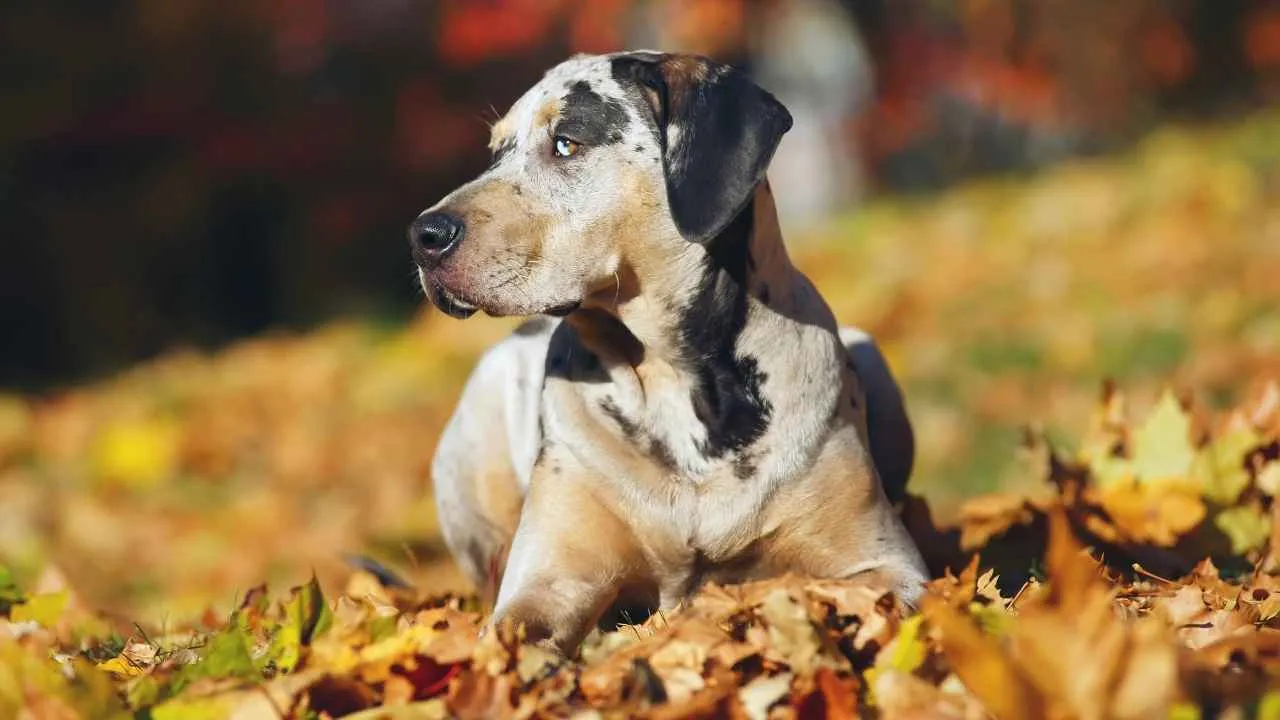
Straight from the Southern swamps, the Catahoula Leopard Dog is bold, hardworking, and visually striking. Originating near Louisiana’s Catahoula Lake—named from a Choctaw word meaning “sacred lake”—this breed was developed to herd cattle and drive hogs through dense terrain.
Also known as the Catahoula Hog Dog or Catahoula Cur, it remains as determined and rugged as ever.
Their appearance is nothing short of captivating. Coats range from merle and brindle to solid shades with leopard-like spots that can mix up to five colors, including black, red, silver, and blue. Their eyes are just as unique, often pale blue or even split-colored, adding to their one-of-a-kind look.
Hillspet states that Catahoulas are muscular and agile, typically weighing 50–95 pounds. Beneath that athletic build lies a devoted, affectionate companion. They’re playful at home but switch to full focus when working. These dogs thrive with humans who can match their intensity and stay one step ahead.
While loyal to their family members, they tend to be cautious around strangers. Early socialization is important, especially in homes with older children. They’re natural protectors and may do better with dogs of the opposite sex, as their high prey drive can make them reactive around smaller animals or same-sex pups.
Catahoulas aren’t built for the couch. Without enough activity, they’ll find mischief—digging, chewing, or escaping are common signs of boredom. They need space to roam, mentally stimulating tasks, and regular exercise like hikes or runs to stay happy and healthy.
Though grooming is low-effort thanks to their short coat, living with a Catahoula is anything but low-key. These dogs are best suited for experienced owners who understand their drive, offer consistent training, and enjoy an active, purpose-filled lifestyle.
Conclusion
Exotic family dog breeds offer more than just unique looks—they bring history, purpose, and personality to your home. From Portuguese Water Dogs that barely shed to Bergamasco Shepherds with their signature mats, each breed thrives under specific care.
The ancient Tibetan Mastiff stands out as a natural guardian. At the same time, the Norwegian Lundehund, with its six toes and unmatched agility, reflects a truly old breed built for small game hunting.
These great dogs suit active families who appreciate their quirks and energy. Some, like the Mastiff, may seem aggressive without proper training, while others, like the Lundehund, are sensitive and need gentle handling. Whether you’re raising a litter, adopting a rescued pup, or exploring other breed options, be mindful of their needs, especially around other animals and pets.
Each dog’s fur, personality, and instincts tell a story. With the right match, these exceptional companions go beyond other dogs, proving that the right breed requires more than space—it needs understanding. And maybe, a little writing experience to remember when you knew she’s the one.


